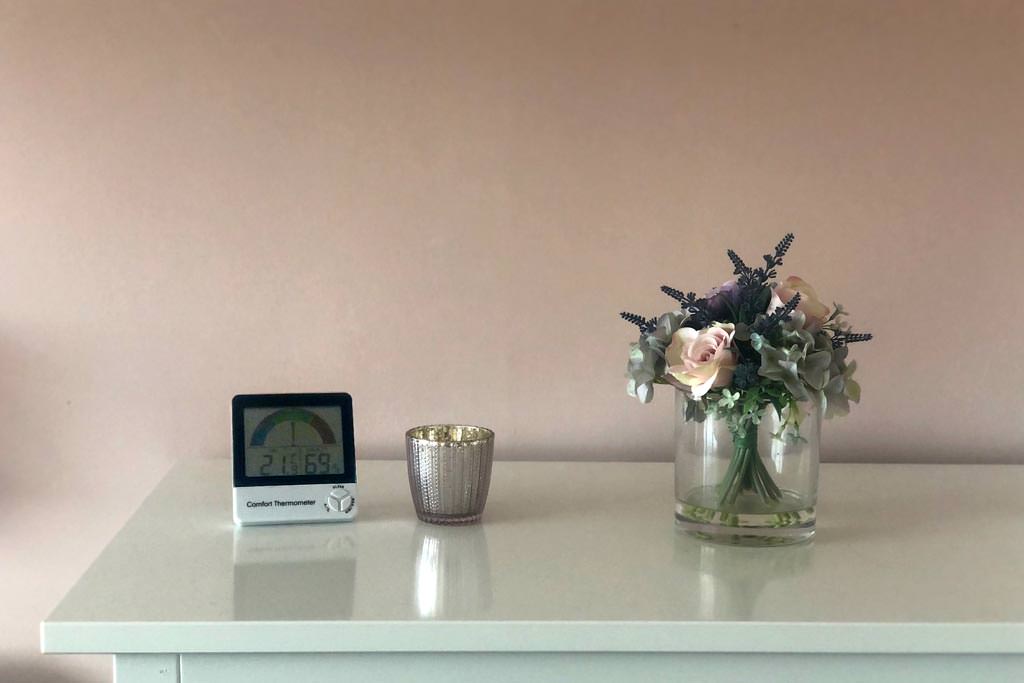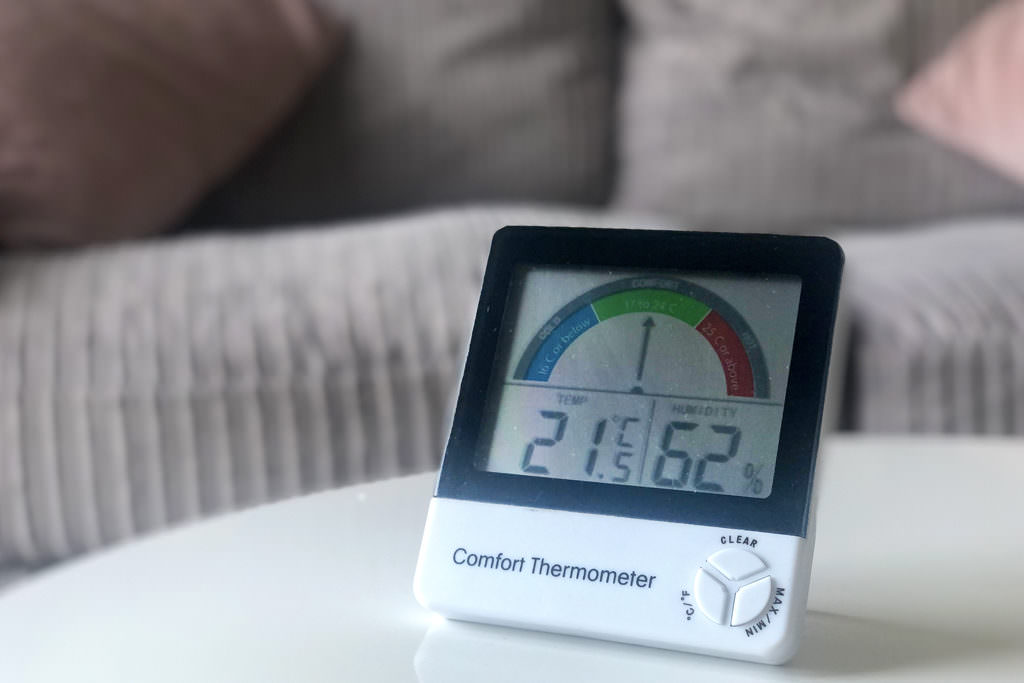How to optimise your energy usage by temperature monitoring your home

Monitoring the temperature of your home is important financially and environmentally. Simply keeping track of accurate readings and being more mindful with your heat usage can save you money, maintain good health and reduce your carbon dioxide emissions.
Last year we looked at what temperature our homes should be and if one or two degrees make a difference to the costs. Discovering that we should aim to maintain a temperature of 18-21°C and that turning down your thermostat by just 1°C can save around £80 a year, we’re now looking at the relationship between monitoring and maintaining heat in order to save energy.
Every degree counts
In a 2017 survey conducted by Which?, one in four respondents said that they believed the most efficient method of heating their home was to constantly leave their heating on a consistent temperature. However, Energy Saving Trust advises against this as it results in energy being wasted while you aren’t at home. They also advise that setting the thermostat to a high temperature will not heat the room any quicker, it will simply cost more, stay on for longer and make the room too hot. The most energy efficient way to heat your home is to set the timer so that the house begins to warm just before you arrive. By observing a home thermometer you could also learn how long it takes for areas of your home to arrive at the desired temperature and amend the timer to reflect this.
One temperature doesn’t fit all
If you haven’t entered your spare room since you dumped a bag of stuff to take to the charity shop in it three weeks ago, you probably don’t care whether it’s 21 or 10°C in there. Adjusting your radiators for the rooms you’re not using is a great way to save energy. And if you have an idea of how warm you’d like different areas of your home to be, using thermometers will enable you to understand the relationship between your room thermostat, your radiator thermostat and the actual temperature in the room, which will help you to optimise your usage. We have simple room thermometers starting at £1.44, so keeping a few monitors around your home needn’t be a costly job, and you can easily make your money back from the energy that you’ll save.
Some don’t like it hot
It’s essential to be aware of the optimum conditions for vulnerable people. It’s particularly important for people age 65+ or people with long-term health conditions to maintain home temperatures of at least 18°C, whereas babies need to be kept in a climate of 16-20°C as overheating increases the chance of sudden infant death syndrome. This can feel cool to adults, so it’s helpful to use a thermometer such as our Nursery Thermometer which clearly displays when the temperature falls out of range.
Don’t forget humidity
Humidity can be equally as important as temperature when it comes to health. Too high and your body’s sweat cannot evaporate to cool you down, which can result in heat stroke, too low and you can suffer from sinusitis and watering eyes. The optimum home humidity level is 40-50%. Our Comfort Thermometer displays humidity levels as well as temperature, and like our Nursery Thermometer the dial shows when the conditions are out of range.
You can take measures to increase and reduce humidity in your home, such as opening windows to release moisture or using bowls of water to dampen the atmosphere. It’s important to note that excessive heating usage during winter can produce a dry atmosphere, as well as condensation, and remedying either by opening the windows while the heating is on wastes energy financially and environmentally. This is why monitoring the result of varying methods of heating usage on your conditions is a great way to find out what works best for your home.
Track your home improvements
There are many ways that you can improve your home’s ability to maintain heat, and the great thing about checking your internal temperatures is that you can keep track of the difference these changes make. You can begin with simple things such as drawing your curtains and draught-proofing doors and windows, before looking into additional insulating options.
Eventually you will understand how well your home retains heat and the different control methods that you can use to improve this. But above all, temperature monitoring your home ensures that you and everyone else in the house are living at a safe and comfortable level all year round.



